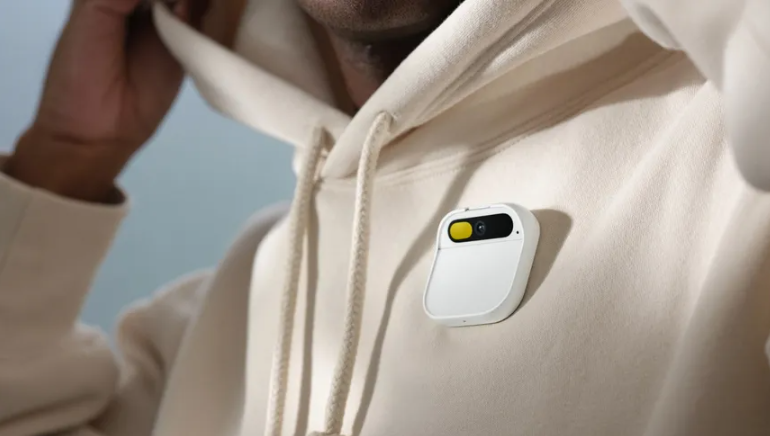
The surge witnessed in the world of artificial intelligence tools in 2023 is predicted to give birth to electronic devices that can “see,” “hear,” and “speak” in 2024, achieved through the integration of smart chips for information processing.
The upcoming models of smartphones and computers in the new year are expected to feature advanced capabilities relying on the power of processing chips, rather than emphasizing the development of physical components. Manufacturers will no longer need to equip their cameras with lenses boasting advanced zoom capabilities, instead focusing on enhancing the performance of the phones’ image processing.
This shift towards designing more practical devices, relying on artificial intelligence capabilities of processors rather than increasing components, is reflected in the reduction of device weight and production costs.
A report by the statistical foundation “Counterpoint” predicts that the new year will see the arrival of approximately 100 million smartphones powered by artificial intelligence. This coincides with semiconductor manufacturers such as Qualcomm, MediaTek, and Samsung introducing unique capabilities for silicon chips, enabling the integration of artificial intelligence features in 2024 phones.
Beyond portable devices, the tech market is gearing up for a new wave of smart devices making their debut, differing in design and the features they offer to users.
For example, last year, the company “Human” unveiled its first AI PIN device, designed to be attached to the user’s clothing. It comes equipped with a laser projection system that displays data on the user’s wrist, allowing control through hand movements. Additionally, it features a platform comprising microphones and speakers to capture user voice commands, which serve as the primary means of interaction with the device.
It is also expected that wearable devices like smartwatches and smart rings will experience a significant leap. Samsung, for instance, is preparing to launch its new Galaxy Ring.
Furthermore, smart devices leveraging new wireless technologies are anticipated, following the Federal Communications Commission’s approval last October to allocate a new spectrum of 6 gigahertz waves. This paves the way for companies to introduce new low-power VLP (Very Low Power) Devices. Companies like Meta, Google, and Apple advocated for this decision, asserting that it would facilitate unique experiences for users with augmented reality (AR) and virtual reality (VR) glasses.
Additionally, the new generation of wireless internet, WiFi 7, will begin reaching various smart devices. Expected to be showcased at the Consumer Electronics Show (CES) 2024 in Las Vegas this January, WiFi 7 promises data transfer speeds of 46 gigabits per second, 4.8 times faster than WiFi 6. This, coupled with a reduction in data transfer latency by 100 times compared to the previous generation, aims to enhance AR and VR experiences by 15 times.
Leave a Reply